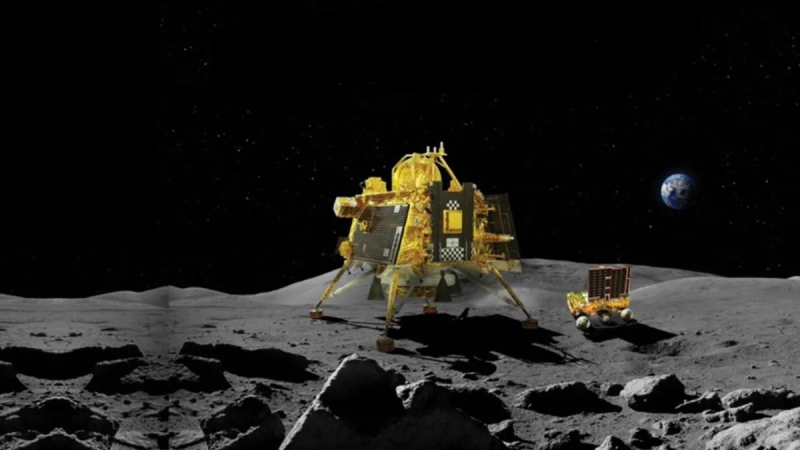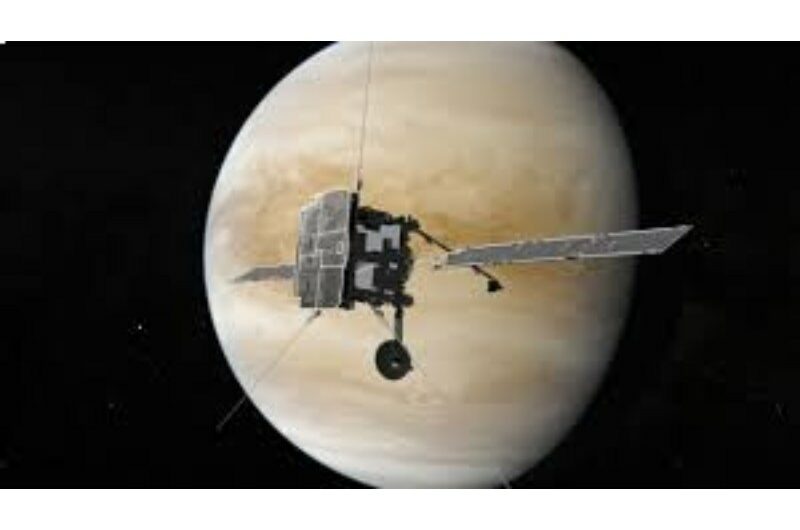According to Nilesh Desai, Director of the Space Applications Centre (SAC), India’s ambitious Chandrayaan-4 mission, which aims to return lunar rocks and soils to India, will attempt a landing near to the Shiv Shakti Point on the Moon’s surface.
Desai disclosed the details at a recent presentation on the future lunar exploration objectives of the Indian Space Research Organization (Isro).
Because of its closeness to the Moon’s south pole and the existence of constantly shadowed areas that might contain water ice deposits, the Shiv Shakti Point, the site of the landing of Chandrayaan-3’s Vikram lander, is a site of great scientific interest.
Chandrayaan-4 will be able to examine and possibly even retrieve samples from these scientifically important regions by landing close to this area. According to Desai, the mission will last for one lunar day, or approximately fourteen Earth days, all over operation.
The short duration is a result of the challenging conditions on the lunar surface, where major challenges to long-term operations include rapid temperature swings and darkness throughout the lunar night.
The complicated Chandrayaan-4 project will have numerous spacecraft modules and launches. Isro intends to launch the workhorse PSLV and the heavy-lift LVM-3 rockets separately in order to transport different payloads on the mission.
This is a first for Isro and shows the ambitious nature of the project.
Gathering lunar samples and returning them to Earth for in-depth scientific examination is the mission’s main goal. India, if successful, will join the United States, Russia, and China as the fourth country to accomplish this goal.
A propulsion module, a descender module for landing, an ascender module for taking off from the lunar surface, a transfer module for navigating the return route, and a re-entry module for securely delivering the lunar samples to Earth are the five spacecraft modules that make up Chandrayaan-4.
The landing point close to Shiv Shakti Point has particular difficulties because of the area’s rough terrain and steep slopes. To guarantee a successful landing, Isro will need to use precise landing techniques and cutting-edge navigation technologies.
India aims to advance its lunar exploration mission and advance scientific knowledge of the Moon’s composition, formation, and potential resources worldwide with Chandrayaan-4.
Topics #Chandrayaan #Chandrayaan-4 #Earth #Isro #Moon #NASA #news #solar system #space #Universe








